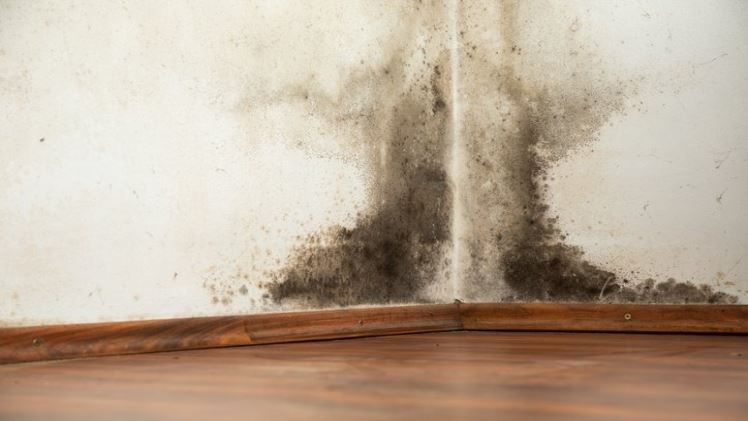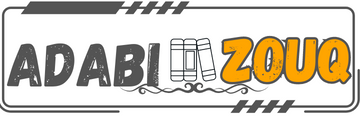Black Mold: Myths vs. Facts and How to Deal with It

Mold, particularly black mold, is a topic that frequently causes homeowners anxiety and concern. You’ve probably heard terrifying stories and seen frightening headlines about the dangers of black mold. When it comes to this issue, however, it is critical to distinguish between fact and fiction. In this blog, we’ll dispel myths about black mold and offer advice on how to deal with it effectively and safely.
Myth 1: All black Mold is Toxic.
Fact: Not all black mold is toxic. The term “black mold” usually refers to Stachybotrys chartarum, a type of mold. While some strains of Stachybotrys chartarum can produce mycotoxins that are harmful to humans, these toxins are not found in all black mold. Furthermore, the presence of Stachybotrys chartarum does not necessarily imply that it is producing significant amounts of mycotoxins.
Myth 2: All Mold Is Dangerous
Fact: While mold can be a health concern for some people, not all molds are inherently dangerous. Mold, in fact, is a natural part of our environment and plays an important role in the breakdown of organic matter. The type of mold, the amount present, and an individual’s sensitivity or allergies all influence the potential health risks. Common household molds such as Cladosporium and Penicillium are not as dangerous as toxic strains.
Myth 3: Toxic Mold Can be Identified by Color.
Fact: Mold comes in a variety of colors, and color is not a reliable indicator of toxicity. While black mold is commonly associated with Stachybotrys chartarum, it can also appear greenish-black or grayish-black. In contrast, not all black molds are Stachybotrys chartarum. Laboratory testing is the only way to confirm the type and toxicity of mold.
Myth 4: Bleach Completely Kills Mold.
Fact: While bleach is effective at removing surface mold, it may not solve the underlying problem. Mold frequently grows beneath the surface, such as inside porous materials such as drywall or wood. While bleach kills mold on the surface, the mold’s roots can remain intact, allowing it to regrow. Furthermore, bleach can emit harmful fumes and should be used with caution.
Myth 5: It is Simple to Remove Mold on Your Own
Fact: While some minor mold issues can be handled on your own, larger infestations or mold hidden within walls and ceilings may necessitate professional intervention. Mold removal can be difficult, and incorrect handling can exacerbate the problem or pose health risks. Professional mold remediation services have the expertise and equipment to address mold issues in a safe and effective manner.
Myth 6: Mold Grows Only in Dirty Homes
Fact: Mold can grow in any home, no matter how clean it is. Mold needs moisture, warmth, and organic matter to thrive, so it can grow in clean homes if the conditions are favorable. Mold growth can thrive in conditions such as leaking pipes, high humidity, or a recent flood.
Myth 7: You can Completely Prevent Mold Growth
Fact: Mold spores are so common in the environment that it is impossible to completely avoid their presence in your home. You can, however, take steps to control moisture levels, reduce the risk of mold growth, and limit the impact of mold on your health and property. Regular maintenance, proper ventilation, and promptly addressing water leaks are critical preventive measures.
Myth 8: Mold Is Only a Health Concern for People Who Have Allergies
Fact: While people with allergies or respiratory issues may be more sensitive to mold, mold exposure can harm anyone’s health. Mold exposure can cause a variety of health issues, including respiratory issues, skin irritation, headaches, and more. Mold exposure can cause serious health problems in severe cases.
Managing Black Mold:
If you suspect black mold in your home, you must act quickly and safely. Here are some steps to effectively dealing with black mold:
- Identify the Source: Determine the source of the moisture that is allowing the mold to thrive. To prevent further mold growth, repair any leaks or water intrusion issues.
- Isolate the Affected Area: If possible, isolate the affected area to keep mold spores from spreading to other areas of your home. Seal off the room with plastic sheeting.
- Wear Protective Gear: When dealing with mold, wear appropriate protective gear, such as a N95 respirator mask, gloves, and goggles, to avoid inhaling or touching mold spores on your skin.
- Use Proper Cleaning Products: To clean the affected area, use mold-specific cleaning products or a mixture of water and detergent. Avoid using bleach because it may not completely remove the mold and can emit harmful fumes.
- Ventilation: Make sure the area is properly ventilated by using fans and opening windows to allow fresh air to circulate.
- Contaminated Materials: Throw away any materials that cannot be cleaned and salvaged, such as heavily infested drywall or insulation.
- Seek Professional Help: If you have a large or severe black mold infestation, you should seek professional mold removal companies services. Professionals have the knowledge and tools needed to safely remove mold and prevent its recurrence.
- Preventive Measures: After mold removal, take preventive measures to reduce the risk of future mold growth, such as maintaining proper ventilation, controlling humidity levels, and promptly addressing water leaks.
To summarize, black mold is a serious concern that should not be overlooked, but it is critical to distinguish between myths and facts when dealing with mold issues in your home. While black mold can be dangerous, not all black molds are toxic, and not all molds are dangerous by nature. Mold management entails proper identification, safe removal techniques, and preventive measures to create a healthier living environment for you and your family. When in doubt, consult with mold remediation experts to ensure the safety and cleanliness of your home, click here to learn more.





